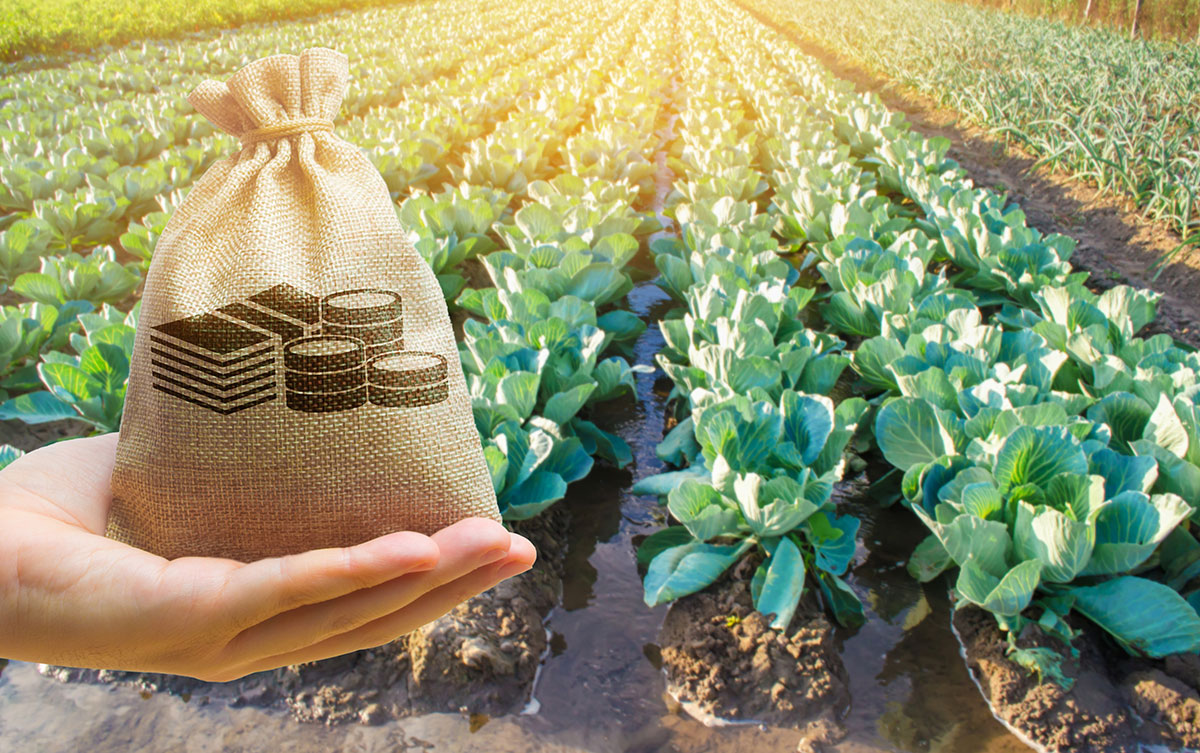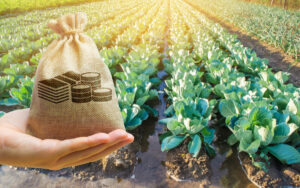Agriculture Still Has Place in Flagler County Economy

While agriculture is not the financial driver in Flagler County that led to a potato adorning the county seal, it is still an important piece of the county’s economic puzzle.
According to the U.S. Department of Agriculture’s 2022 Census of Agriculture, the county’s 89 farms produce a range of commodities, from potatoes and vegetables to cattle and fruit. Those agricultural operations produced a market value of nearly $59 million.
Flagler County Tourism Director Amy Lukasik said agriculture is not one of the county’s targeted businesses, but it is still on the radar.
“Right now, our main focus and priority is to diversify the tax base through industrial development,” she said. “That is the biggest gap and need within our local economy. We have had interested parties from the ag industry that were looking for an existing building for light manufacturing and a site visit was coordinated. To my knowledge, they have not been able to secure the necessary funding to move forward.”
According to the University of Florida Institute of Food and Agricultural Sciences, Flagler County’s cropland is mainly used for production of vegetables, hay, floriculture and sod. Vegetable crops include cabbage, potatoes, cauliflower, green beans, beets and herbs, adding that “crops are a major economic driver for Flagler County.”
While the main livestock in Flagler County is beef cattle, sheep, goats, poultry, horses and aquaculture are also part of the agricultural mix, according to the UF/IFAS site.
According to a USDA release announcing the publication of the 2022 Census of Agriculture, the report “provides a detailed picture of U.S. farms and ranches” and is “the leading source of uniform, comprehensive agricultural data for every state and county or county equivalent.”
The history of collecting data on U.S. agriculture dates back as far as President George Washington, who kept meticulous statistical records describing his own and other farms. In 1791, President Washington wrote to farmers requesting information on land values, crop acreages, crop yields, livestock prices, and taxes.
The 2022 Census of Agriculture is the 30th Federal census of agriculture and the sixth conducted by the USDA. The U.S. Department of Commerce, Bureau of the Census conducted the census of agriculture for 156 years from 1840 to 1996.








